Figure shows an At wood machine in which is constant. Now a mass is transferred from to . Now a graph of vs is plotted. Mark the most appropriate option (here )

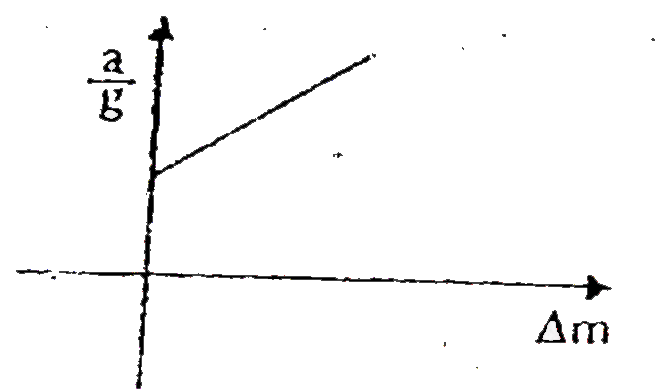

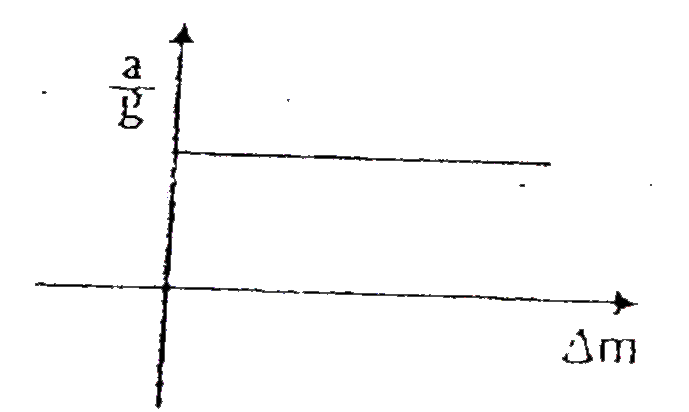

The correct Answer is:A
Ans.(1)
Here and so
Topper's Solved these Questions
- TEST PAPERBook:ALLENChapter:TEST PAPERExercise:PHYSICS
Explore 4 Videos
- TEST PAPERBook:ALLENChapter:TEST PAPERExercise:PHYSICS
Explore 4 Videos
- SIMPLE HARMONIC MOTIONBook:ALLENChapter:SIMPLE HARMONIC MOTIONExercise:Example
Explore 1 Video
- TEST PAPER 1Book:ALLENChapter:TEST PAPER 1Exercise:PHYSICS
Explore 11 Videos
Similar Questions
The system is in equilibrium and at rest. Now mass m1 is removed from m2. Find the time period and amplituded of resultant motion. Spring constant is K.
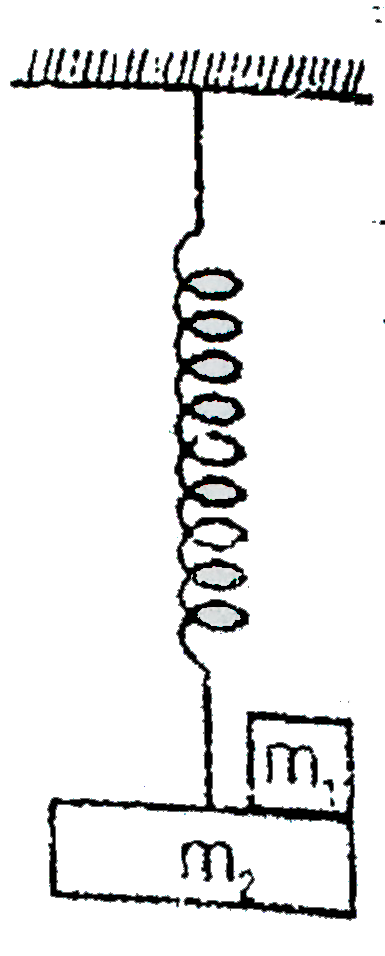
View SolutionFigure shows a block of mass m1 sliding on a block of mass m2, with m1>m2. Find the
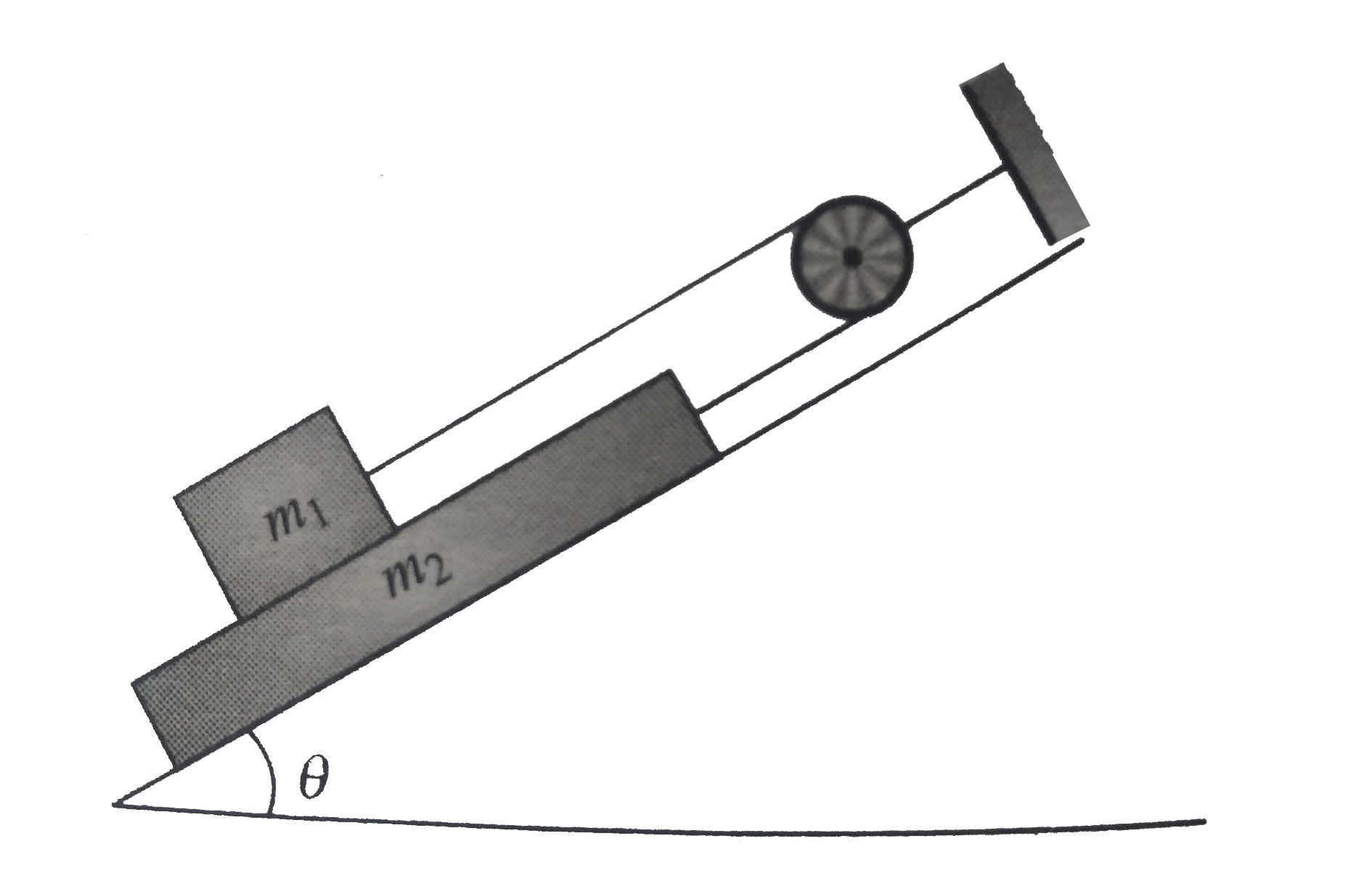
(a) acceleration of each block
(b) tension in the string
(c ) force exerted by m1 on m2. ltbr> (d) force exerted by m2 on the incline.
View SolutionTwo masses m1 and m2(m1>m2) are falling from the same height when same air resistance acts on them
View SolutionFigure shows two shells of masses m1 and m2. The shells are concentric. At which point, a particle of mass m shall experience zero force?
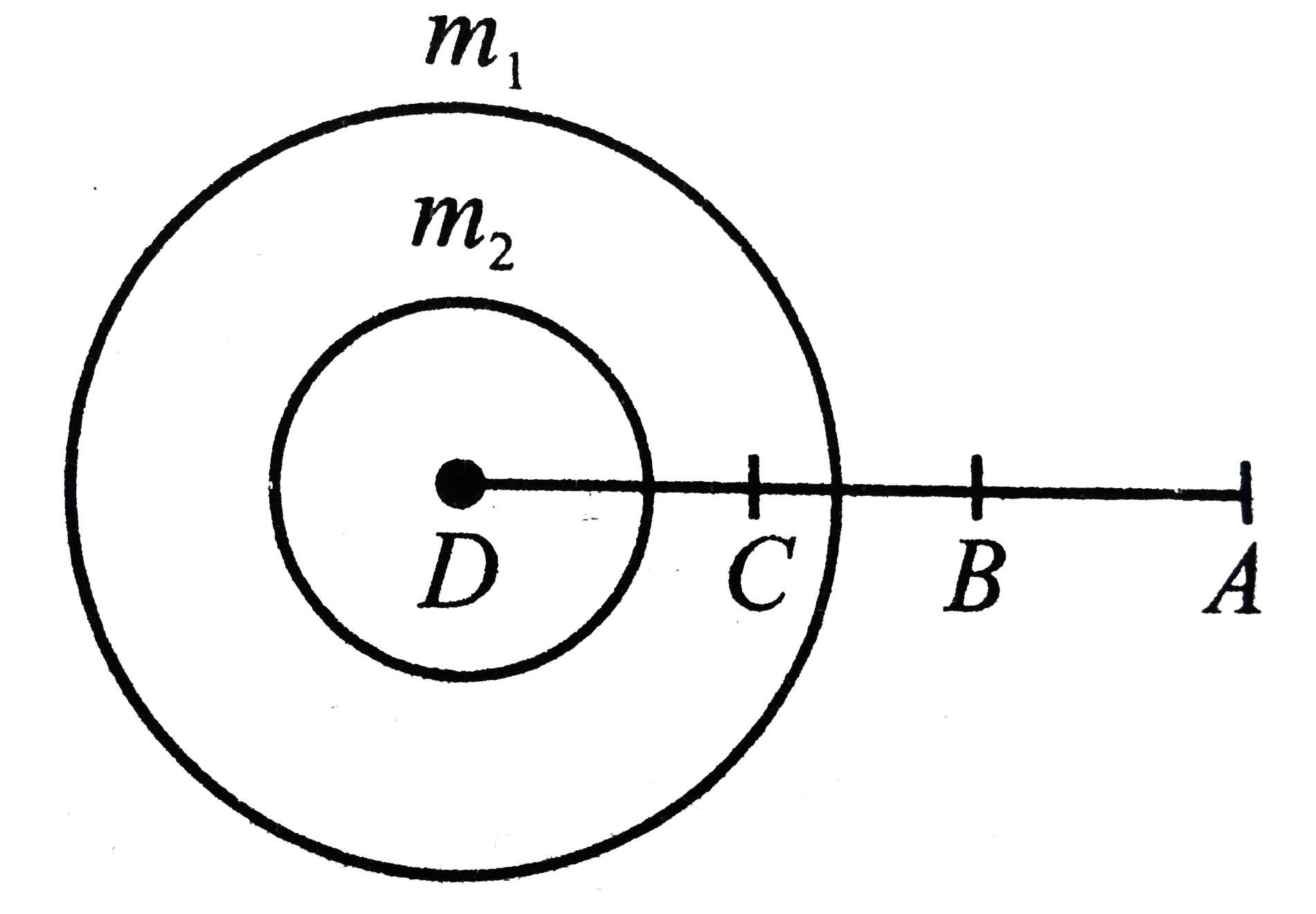
View SolutionFigure shows two shells of masses m1 and m2. The shells are concentric. At which point, a particle of mass m shall experience zero force?

View SolutionThe p−V diagram of two different masses m1 and m2 are drawn (as shown) at constant temperature (T). State whether m1>m2orm2>m2.
 .
.
View SolutionTwo masses m1 and m2(m2>m1) are hanging vertically over frictionless pulley. The acceleration of the two masses is :
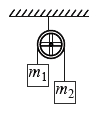
View SolutionTwo masses m1 and m2(m2>m1) are hanging vertically over frictionless pulley. The acceleration of the two masses is :

View SolutionIn the given diagram , find the relation between acceleration of blocks m1andm2 . (m2 remains horizontal ).
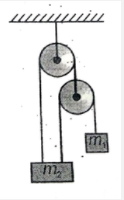
View SolutionIn the arrangement shown in fig. m1=1kg,m2=2kg. Pulleys are massless and strings are light. For what value of M, the mass m1 moves with constant velocity.
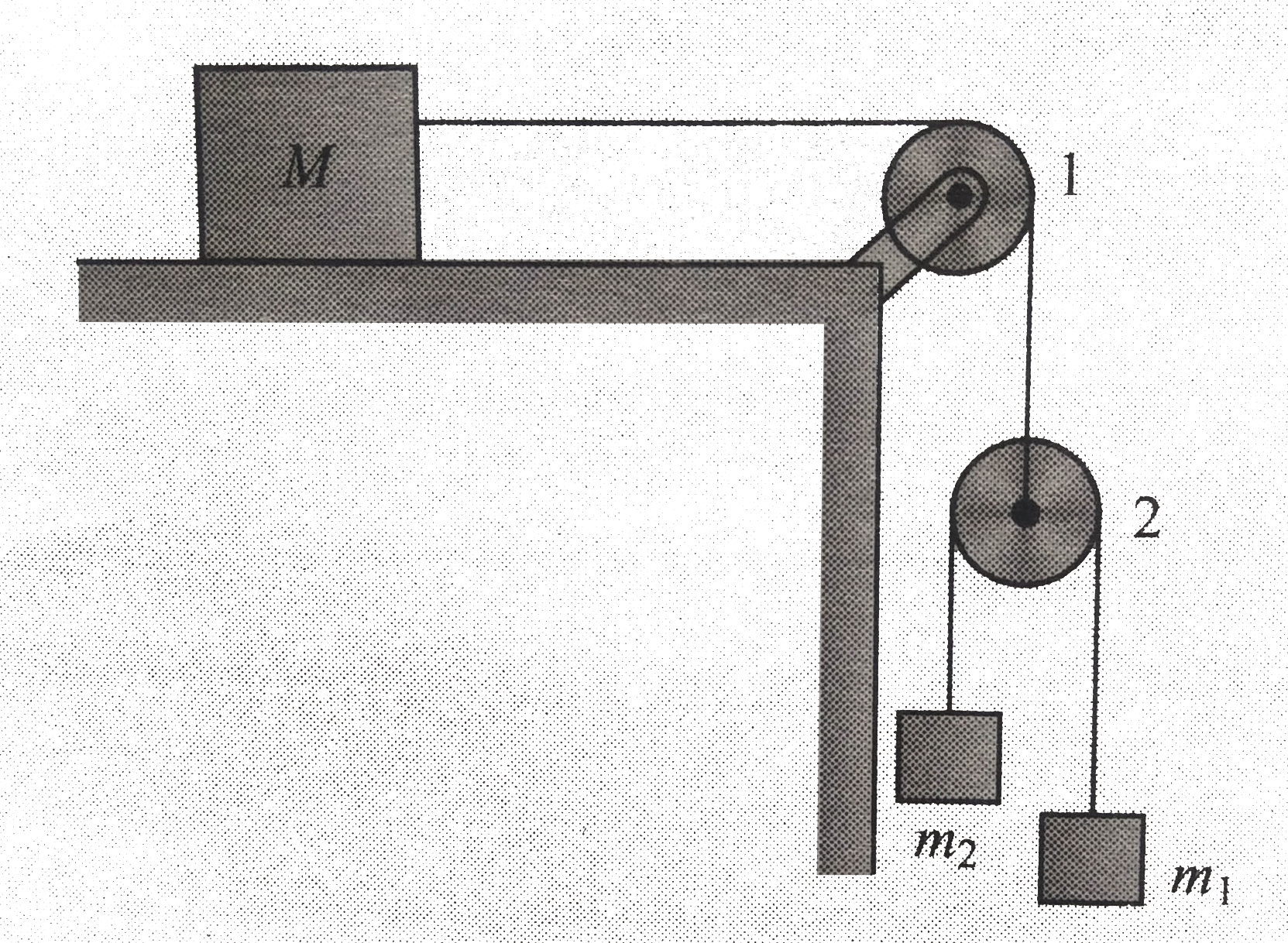
View Solution
